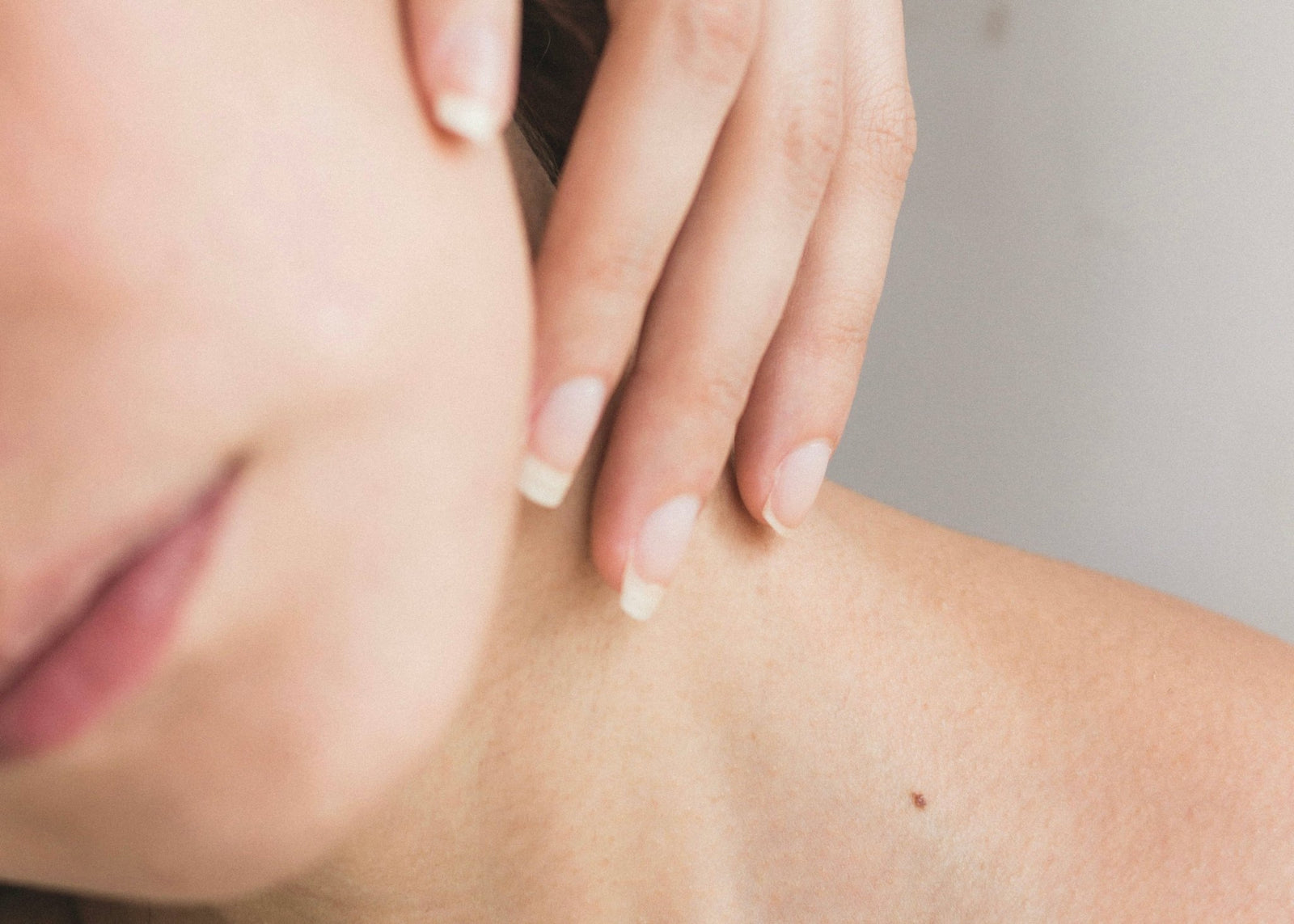
How to Address Dry Skin When Using Hyaluronic Acid
Hyaluronic Acid, a naturally occurring substance in our skin, has gained significant popularity in the skincare industry. Known for its exceptional ability to retain moisture, it's a go-to ingredient for those seeking hydrated, plump, and youthful-looking skin. However, some users have reported experiencing dry skin after using products containing Hyaluronic Acid. This article aims to shed light on why this happens and how to effectively address it.
Understanding Hyaluronic Acid
Before we delve into the solution, it's crucial to understand what Hyaluronic Acid is and how it works. Hyaluronic Acid, or HA, is a type of sugar molecule naturally found in our skin that helps retain water. It's capable of holding up to 1000 times its weight in water, making it a powerful hydrating agent.
As we age, our natural HA levels decrease, leading to dryness, fine lines, and wrinkles. This is where HA-infused skincare products come in. They aim to replenish the skin's HA levels, thereby enhancing moisture retention and improving skin health.
The Paradox of Hyaluronic Acid and Dry Skin
Given its hydrating properties, it might seem paradoxical that some people experience dry skin after using HA products. The reason behind this lies in the way HA works. While it's excellent at attracting moisture, if the surrounding environment is drier than your skin, HA might pull moisture from the deeper layers of your skin instead of the atmosphere, leading to dryness.
This is particularly true in arid climates or during winter when the air is dry. However, this doesn't mean you should avoid using HA altogether. With the right application techniques and complementary products, you can still reap the benefits of this potent hydrator without the unwanted dryness.
Addressing Dry Skin When Using Hyaluronic Acid
Now that we've understood the potential reasons behind HA-induced dryness, let's explore how to address this issue. The key is to ensure that HA has enough moisture to draw from and to seal that moisture in.
Step 1: Apply on Damp Skin
One of the simplest ways to ensure HA has enough moisture to draw from is to apply it on damp skin. After cleansing your face, pat it lightly with a towel but leave it slightly damp. Then, apply your HA product. This way, the HA has an immediate source of moisture to draw from, reducing the chances of it pulling moisture from your skin.
Step 2: Use a Moisturizer
Following up with a moisturizer is crucial. A moisturizer will seal in the HA and the moisture it holds, preventing evaporation and further dryness. Look for moisturizers with ingredients like ceramides and glycerin, which strengthen the skin's barrier and enhance moisture retention.
Step 3: Incorporate Natural and Sustainable Ingredients
Emphasizing the use of natural and sustainable skincare ingredients can further enhance your skin's health. Ingredients like aloe vera, jojoba oil, and shea butter not only provide additional hydration but also come with minimal environmental impact.
- Aloe Vera: Known for its soothing and hydrating properties, aloe vera can be a great addition to your skincare routine. It's easily absorbed by the skin, enhancing hydration without leaving a greasy residue.
- Jojoba Oil: Jojoba oil closely mimics our skin's natural oils, making it an excellent moisturizer. It helps balance oil production and seals in moisture.
- Shea Butter: Rich in fatty acids and vitamins, shea butter is deeply nourishing and moisturizing. It also helps soothe irritated skin.
Conclusion
While Hyaluronic Acid is a powerful hydrating ingredient, it can sometimes lead to dry skin due to its moisture-attracting nature. However, by applying it on damp skin, following up with a moisturizer, and incorporating natural and sustainable ingredients, you can effectively address this issue and enjoy the benefits of HA.
Remember, everyone's skin is unique, and what works for one person might not work for another. It's always best to listen to your skin and adjust your skincare routine accordingly. If dryness persists, consider consulting a dermatologist or skincare professional.
















